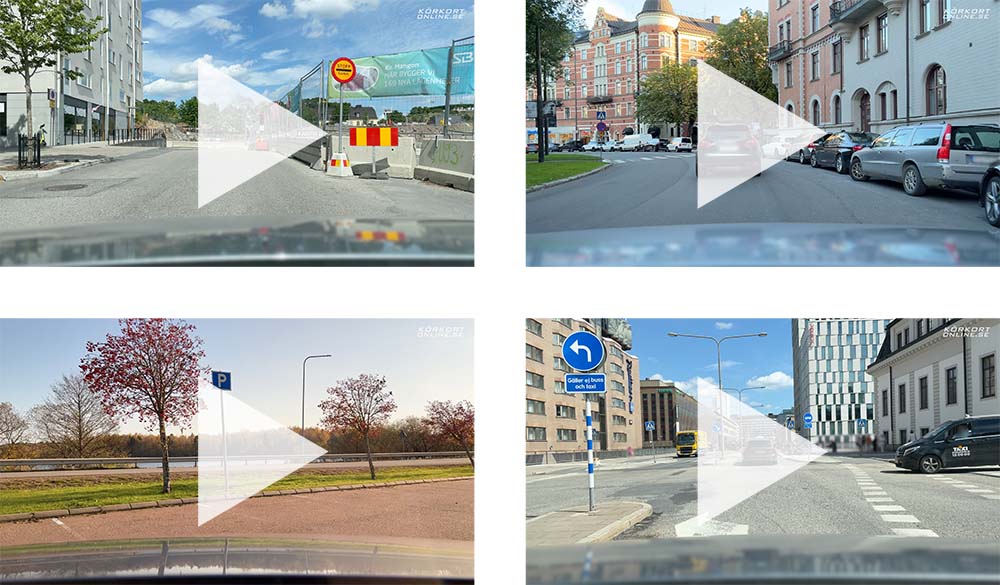Körkortonline > Theory & regulations > Impairments
Impairments in traffic
Functional disability
- A functional disability is when a person is unable to do what is expected.
- Some disabilities may be difficult to see. You should therefore be patient with anyone who seems to be taking a long time. Example:
- Visible functional disability: Wheelchair or a white cane.
- Hidden functional disability: Hearing impairments or epilepsy.
Visual impairment & blindness
Some people with visual impairments use a white cane when moving around in traffic. They use it partly because it helps them to get around, but also because it makes other people aware of their disability. The significance of the white cane is recognised all over the world.
Signals with the white cane
- Straight towards the ground: waiting and listening.
- Diagonal: intends to start walking.
When you stop for a visually impaired person at a pedestrian crossing
- Stop in good time before the pedestrian crossing.
- Be careful of making noise – do not rev your engine and only honk your horn if there is an emergency.
- Do not start driving again as soon as the visually impaired person has left your lane, but wait until they have finished crossing the road. This is so that you do not confuse the person with the sound of your accelerating car.
Guide dogs
- Wear a white harness.
- Help the visually impaired person to avoid obstacles but is not able to assess the traffic situation.
- Never disturb or make contact with a guide dog.
Elderly people in traffic
- 65–74 years old: This group generally has a high degree of maturity and traffic experience, which means that they drive more safely than 18-year-olds who have just received their licence.
- 75 years and older: Senses are often impaired and the brain starts to work more slowly, which means that they have a 5–6 times higher accident risk (same as 18–19-year-olds).
Things that deteriorate with age
- Sight.
- Hearing.
- Balance.
- Reaction time.
- Accuracy and speed of interpretation of impressions.
Latest forum posts
Topic
Posts
Latest post
- << Vision
- Impairments ↑↑
- Children >>





